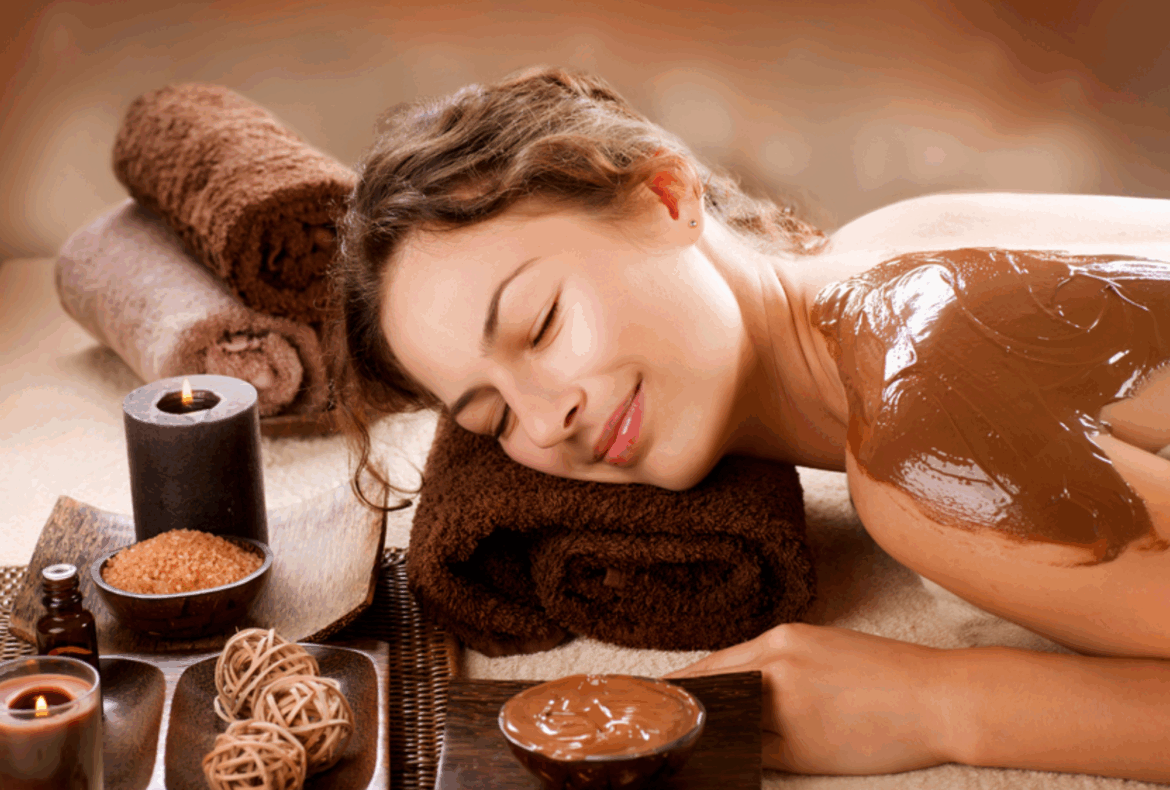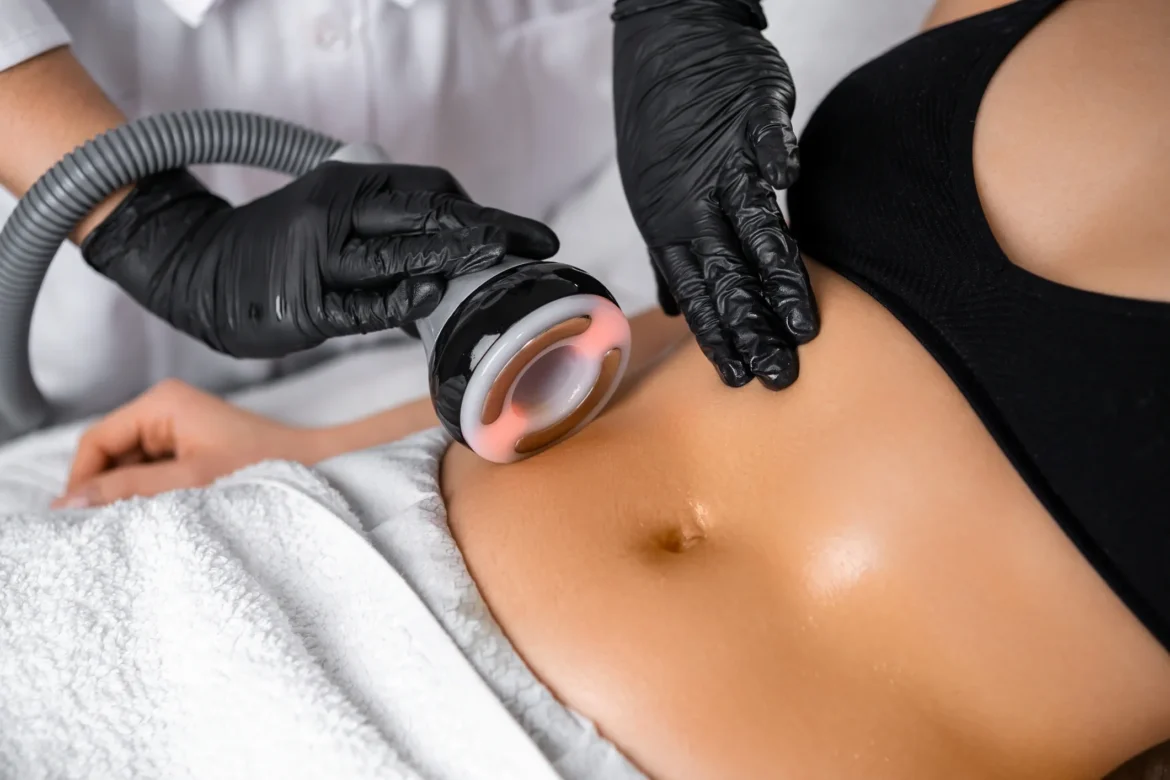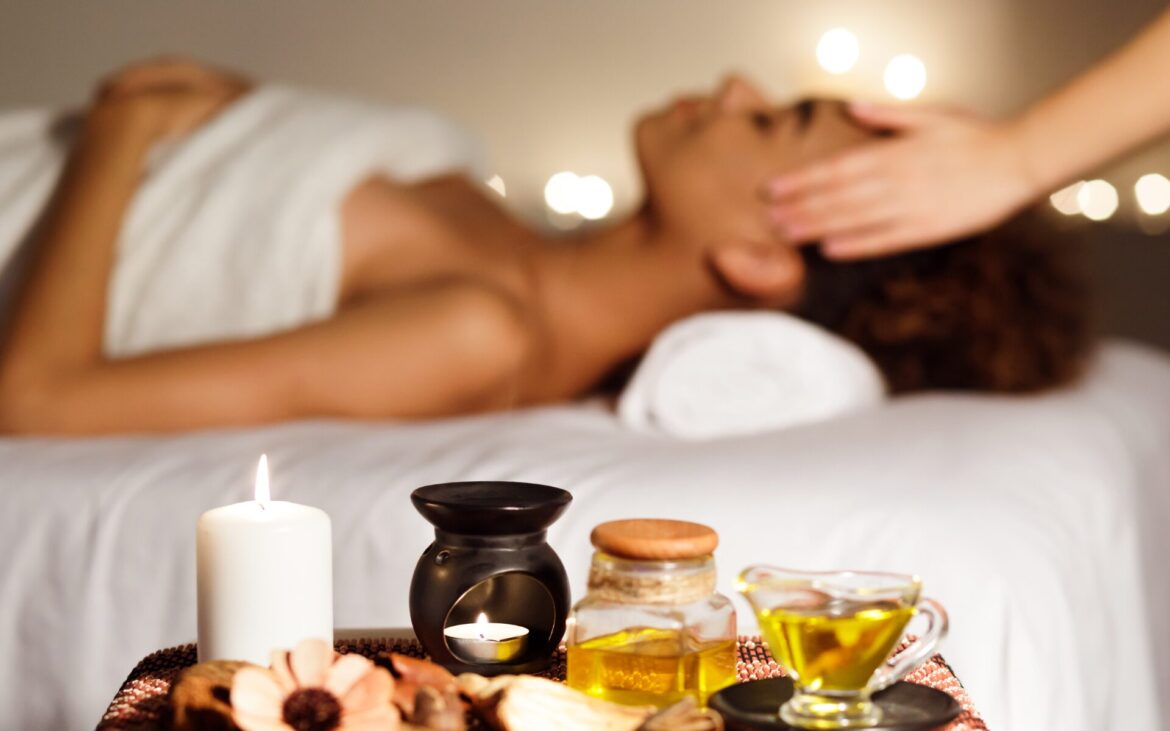When it comes to skincare, sheet masks have long been a staple for rejuvenating and hydrating the face. In 2025, however, the trend is expanding well beyond the visage: body masks are having their moment. From arms and legs to décolletage and back, these treatments are redefining at-home and spa-based skincare routines in the UK, offering hydration, nourishment, and a touch of luxury from head to toe.
The Evolution of Sheet Masks
Sheet masks originated in Asia as a quick, effective way to deliver concentrated serums to the skin. Traditionally, they targeted facial concerns like dryness, dullness, and fine lines. Their rise in popularity in Western markets was fueled by social media, beauty influencers, and the promise of an immediate glow.
Body masks build on this foundation but address larger areas of skin, offering a more holistic approach. Today’s body masks range from hydrating gel sheets and biodegradable wraps to creamy masks that harden on the skin before being rinsed off. They combine technology, science-backed ingredients, and indulgent textures to deliver professional-grade results without the need for invasive procedures.
Why Body Masks Are Trending
Several factors contribute to the rise of body masks in the UK. First, there’s a growing awareness of body skincare beyond the face. Rough elbows, dry knees, and uneven skin tone are no longer overlooked. Consumers increasingly expect the same attention to hydration, exfoliation, and brightening for the body as they do for the face.
Second, the home wellness movement has created demand for spa-quality treatments that can be easily applied in the comfort of one’s home. Body masks fit perfectly into this trend, offering an indulgent experience with tangible benefits — smoother skin, reduced dryness, and a subtle glow — in as little as 15 to 30 minutes.
Popular Types of Body Masks
The body mask boom in 2025 encompasses a variety of options:
-
Hydrating Sheet Wraps: Similar to facial sheets but larger, these wraps are soaked in serums containing hyaluronic acid, glycerin, and botanical extracts. They target dryness and help skin retain moisture.
-
Mud and Clay Masks: Ideal for detoxifying and improving circulation, these masks firm and purify, particularly on areas prone to congestion like the back or thighs.
-
Cream and Gel Masks: Often enriched with antioxidants, vitamins, and natural oils, these masks provide deep nourishment and promote skin elasticity.
-
Exfoliating Masks: With gentle acids or natural grains, these treatments smooth rough patches, enhance radiance, and prepare skin for hydration.
Therapists and beauty brands are increasingly innovating with multi-functional masks — some combine exfoliation, hydration, and skin-firming effects in one session.
Spa Experiences and Professional Applications
UK spas are embracing body masks as a premium treatment. In professional settings, body masks are often paired with massage, hydrotherapy, or aromatherapy, creating a multi-sensory experience. For example, a client may receive a full-body exfoliation, followed by a hydrating mask infused with essential oils, and finish with a calming massage to lock in moisture.
Such treatments are not only restorative for the skin but also deeply relaxing, offering both physical and mental benefits. The ritual of lying under soft music while a nourishing mask works on the skin has become a sought-after wellness experience.





